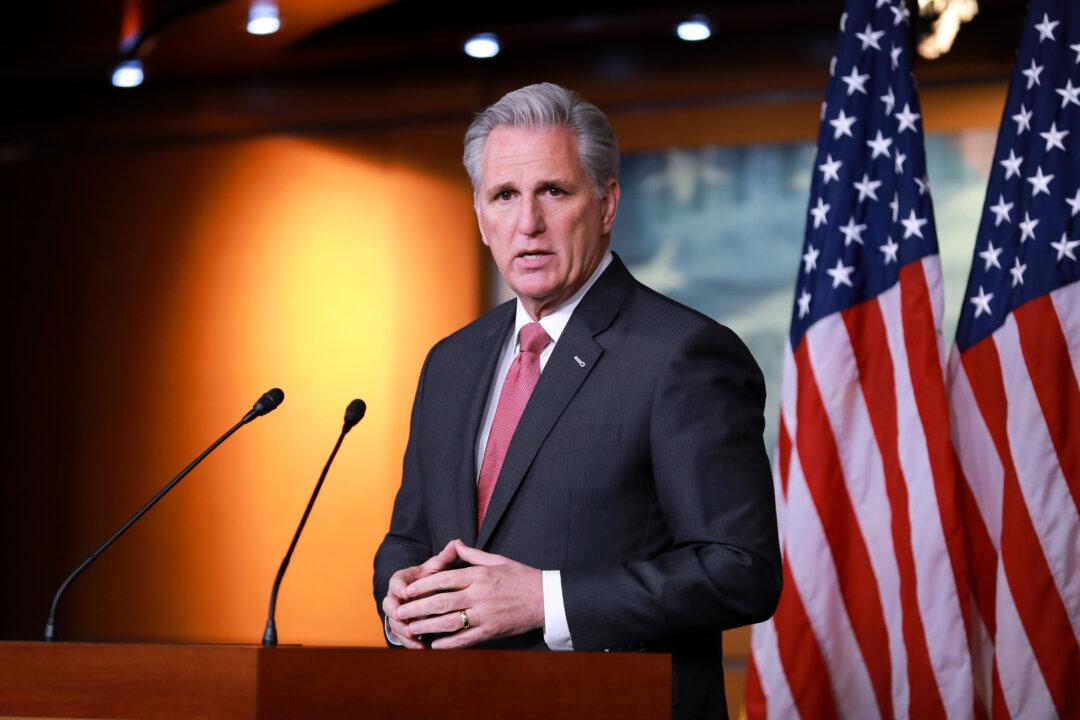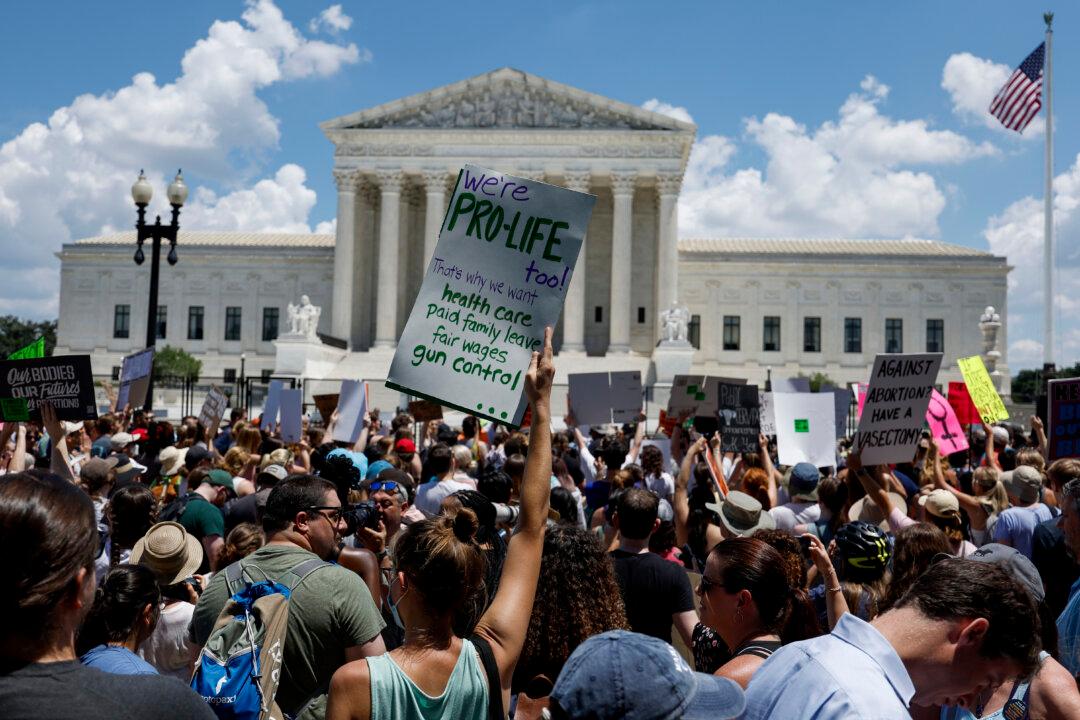U.S. House Minority Leader Kevin McCarthy (R-Calif.) shared a plan on May 4 outlining steps that could be used to reopen the lower chamber of Congress during the CCP virus pandemic.
McCarthy, along with Rep. Rodney Davis (R-Ill.), ranking Republican on the House Administration Committee, and Rep. Tom Cole (R-Okla.), ranking GOP member on the House Rules Committee, laid out four key points of the plan.





